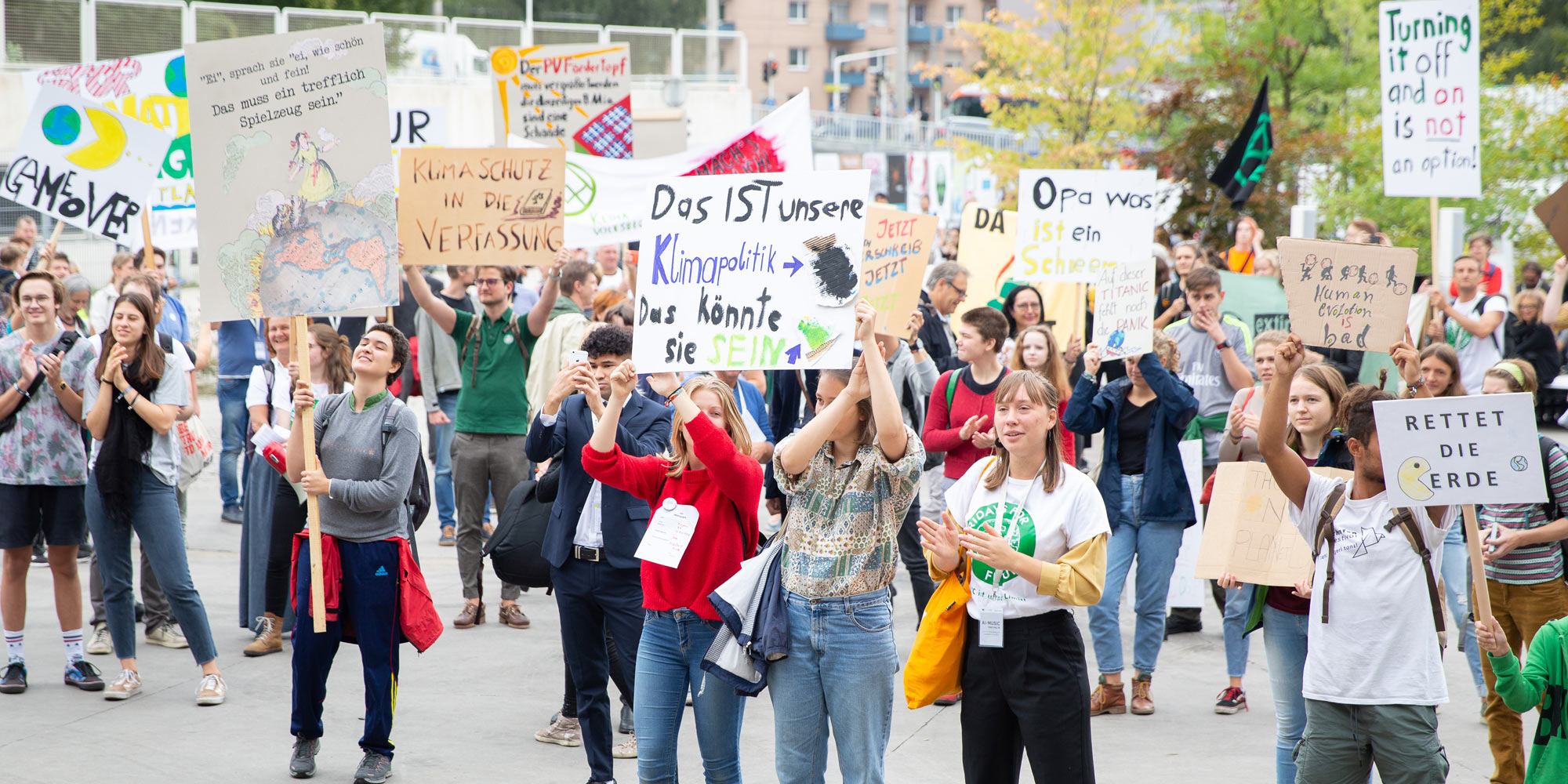Democracy thrives on resistance and participation. At the Ars Electronica Festival 2025, artistic projects will show how protest opens up new spaces, strengthens communities, and creates visions for a shared future.
Democracy is not a status quo, but a process—slow, complex, often conflictual, but unique in its potential for freedom, security, and self-determination. Precisely because it is based on participation, it is constantly under pressure—from outside by authoritarian regimes, from within by forces seeking simple solutions in a supposedly better past. But democracy thrives on resistance and the commitment of its citizens.
Artists have always played a key role in this: their work is based on freedom of expression, it connects people, seeks truth, and opens up spaces for new communities. But resistance does not only mean opposing something, it also means standing for something: for solidarity, for diversity, for inclusive visions of the future. Festivals such as Ars Electronica are such spaces—places where people from different backgrounds come together, tolerate differences, discover commonalities, and develop new forms of coexistence.
In this context, the Ars Electronica Festival 2025 will showcase numerous projects that take a clear stand against authoritarianism while promoting social cohesion—in the field of tension between resistance and democracy.
Flood the festival with courage!
The climate crisis is escalating, but political systems are stalling. “Flood the Zone with Courage”—prominently located between the Welcome Area and create your world Festival in the freely accessible area of the festival—addresses precisely this issue: The joint project by Ars Electronica and the Zirkus des Wissens at JKU Linz calls for new, courageous forms of protest – performative, participatory, and collective. Short interventions lasting a maximum of seven minutes transform public spaces and the festival grounds into places of democratic imagination: dances, dialogues, rituals, or meals become moments of action. The Pavilion against Indifference, designed and realized by the Department of Architecture at the University of Art and Design Linz, serves as a stage and meeting place, complemented by several open labs, such as the Open Democracy Lab of IG Demokratie. Performances such as LUM:ORA, Laughing Strategies, and the actions of the Youth Exchange Project (more on this later) make protest a sensory experience—and show that democracy is more than contradiction: it is lived practice.
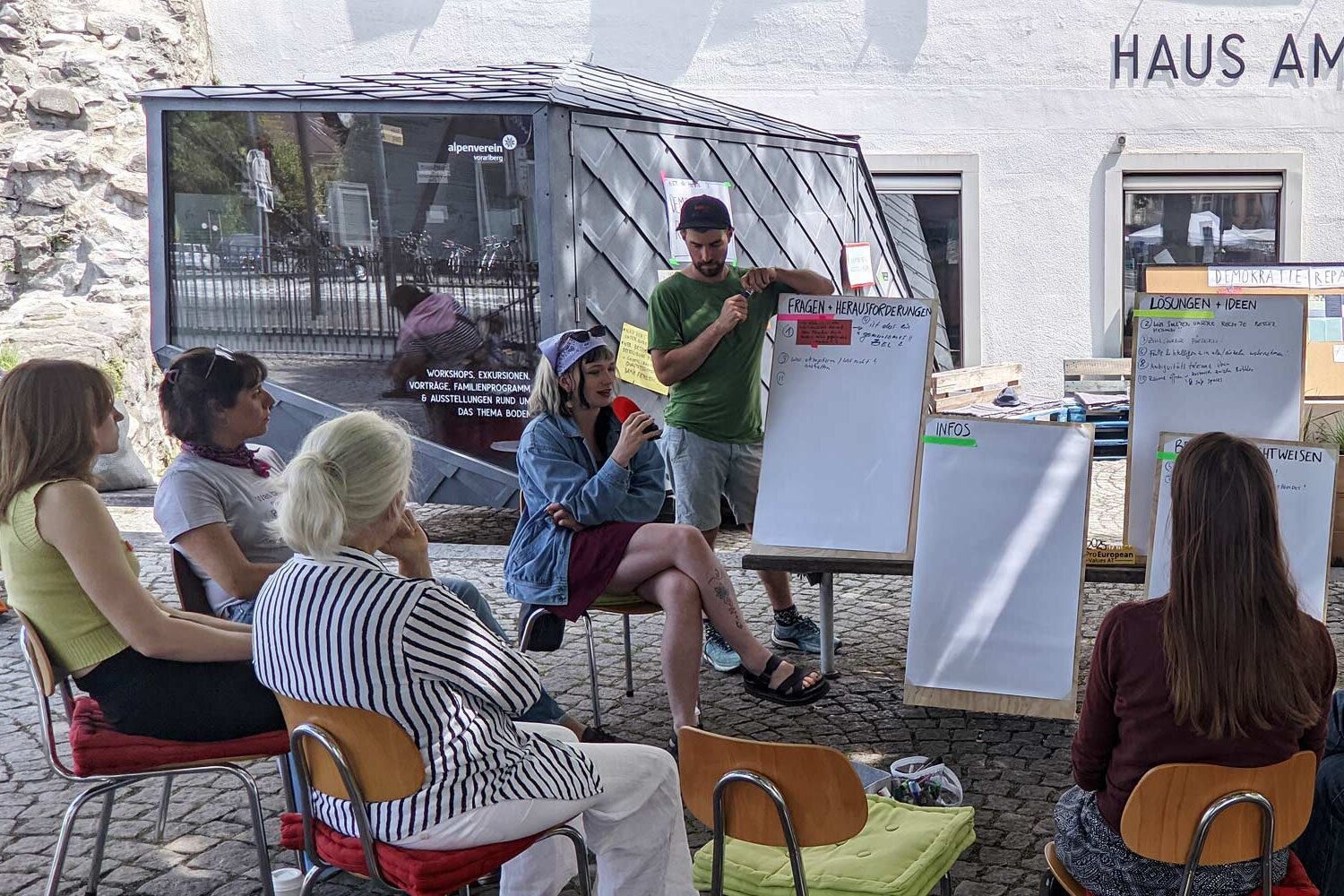
Another project that JKU is bringing to POSTCITY and that illustrates the interface between art and science is “The Dream in Experience” by Andreas Kaindlstorfer (AT), Andreas Strauss (AT), and Reinhard Gupfinger (AT). Here, sleep becomes a cultural technique: in the “capsule hotel” designed by Andreas Strauss, festival visitors can become part of an experiment themselves. While they sleep, their data is translated into sound and images in real time. The project, initiated by the neurology department of the Kepler University Hospital in collaboration with the JKU and Reinhard Gupfinger, focuses on sleep as the foundation of health—while also opening up critical perspectives on topics such as AI, big data, and sleep justice.
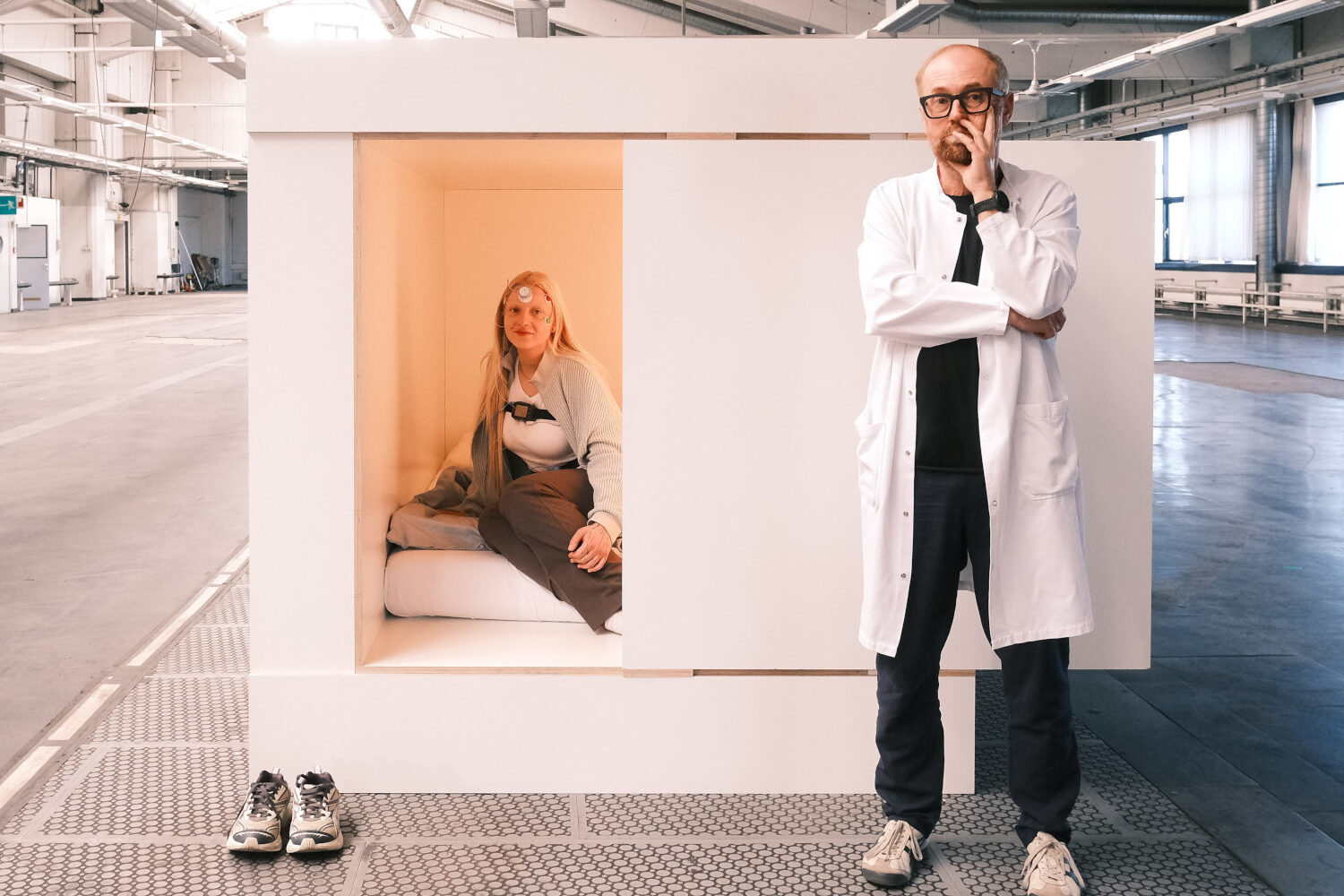
Threatened art
The State of the ART(ist) Award, a collaboration between Ars Electronica and the Austrian Foreign Ministry, highlights the existential threats facing many artists today—threats such as repression, displacement, or ecological disasters. 506 submissions from 76 countries show that art remains a global act of resistance. Many of the works in the State of the ART(ist) Award were created under censorship, war, or in exile—and yet they are full of courage, solidarity, and vision. The award-winning artists remind us that art always involves risk, but that this is precisely where its political power lies.
One example is this year’s winning project: Café Kuba by David Shongo. In Kinshasa, he transforms a street coffee cart into a mobile recording device—a poetic and political symbol that captures the pulse of a city caught between trauma, uncertainty, and creative energy.
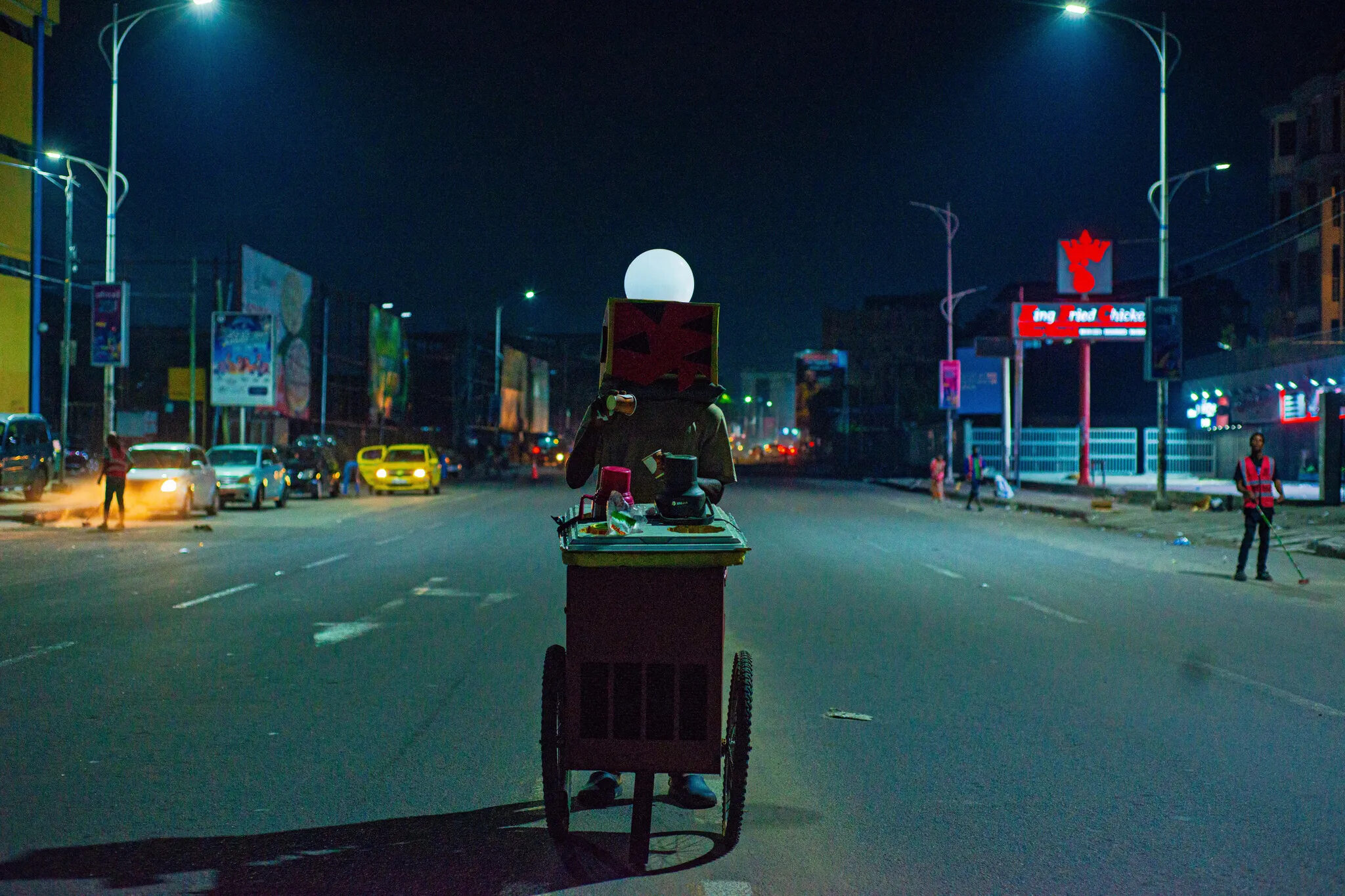
In addition to the State of the ART(ist) Award, two other prizes also draw attention to democracy and resistance: The Award for Digital Humanity, also created in collaboration with the Austrian Ministry of Foreign Affairs, emphasizes that art functions as a humanistic practice—one that critically reflects on digital developments and points to alternatives for a more just and democratic future. And the Citizen Science Prize of the European Union shows how art, research, and social engagement can intertwine to actively shape an inclusive and sustainable society.
The next perspective
The create your world program creates spaces for young perspectives and creative self-empowerment—as an investment in a future built on openness, participation, and imagination. The u19 exhibition presents the 23 winning projects of the Prix Ars Electronica 2025. Young creatives aged 19 and under showcase their ideas for tomorrow’s world – analog and digital, poetic and technical. The projects impress with their courage, originality, and visionary approaches. In addition to the exhibition, there will be workshops, labs, and an awards ceremony – a glimpse into the future through the eyes of the next generation.
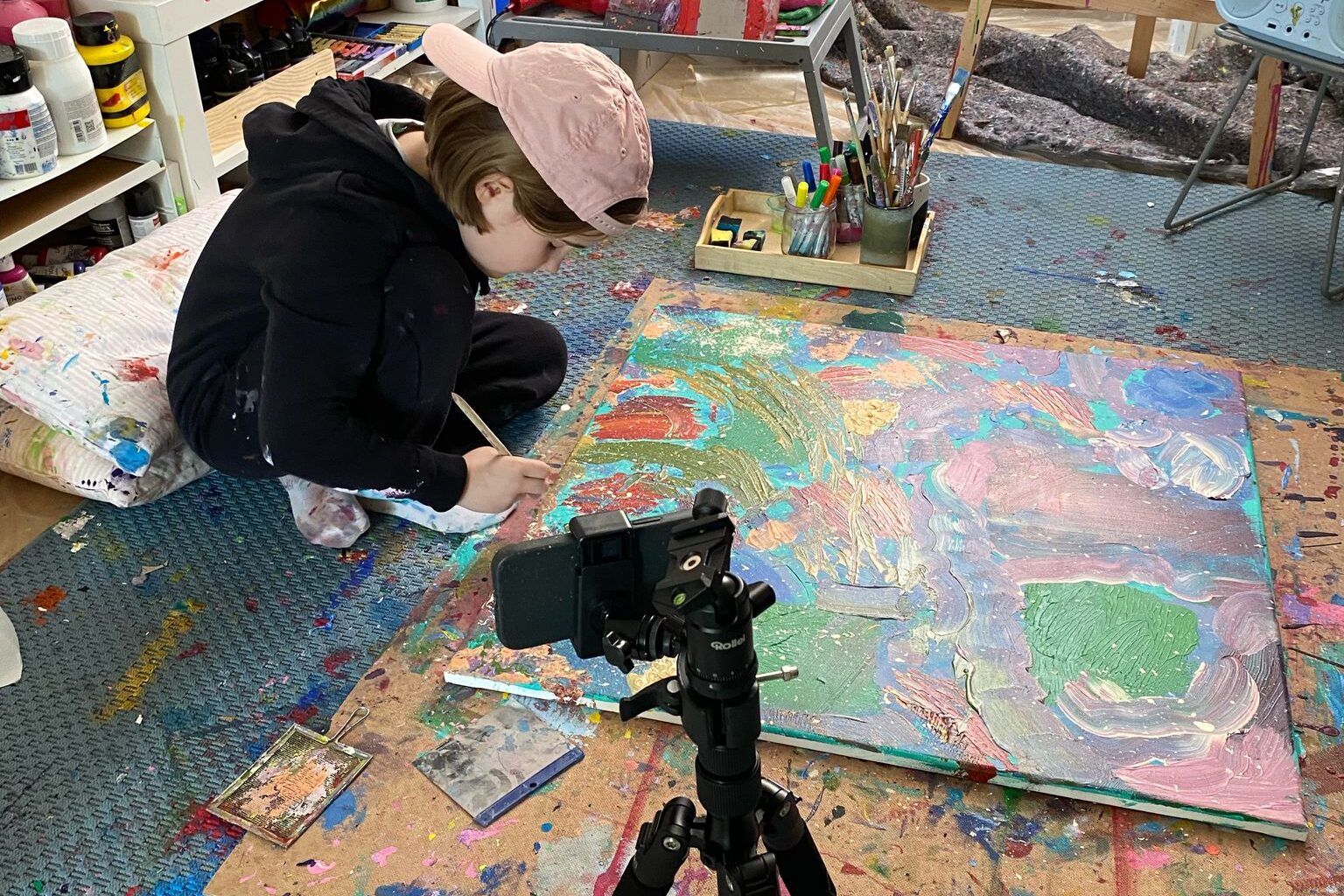
For 15 years, the Youth Exchange Project has been bringing young people from all over Europe to Linz. This year, under the direction of create your world (AT), c3 (HU), mb21 (DE), and Only Tomorrow Association (RO), and based on a concept by Mary Mayrhofer, they are focusing on the theme of “artivism” and peaceful forms of protest. Together, they develop subtle, sometimes barely recognizable interventions in POSTCITY, at the Old Market, and at Cathedral Square—where visitors often participate unnoticed. It’s an experiment in how creative resistance can find new forms of expression.
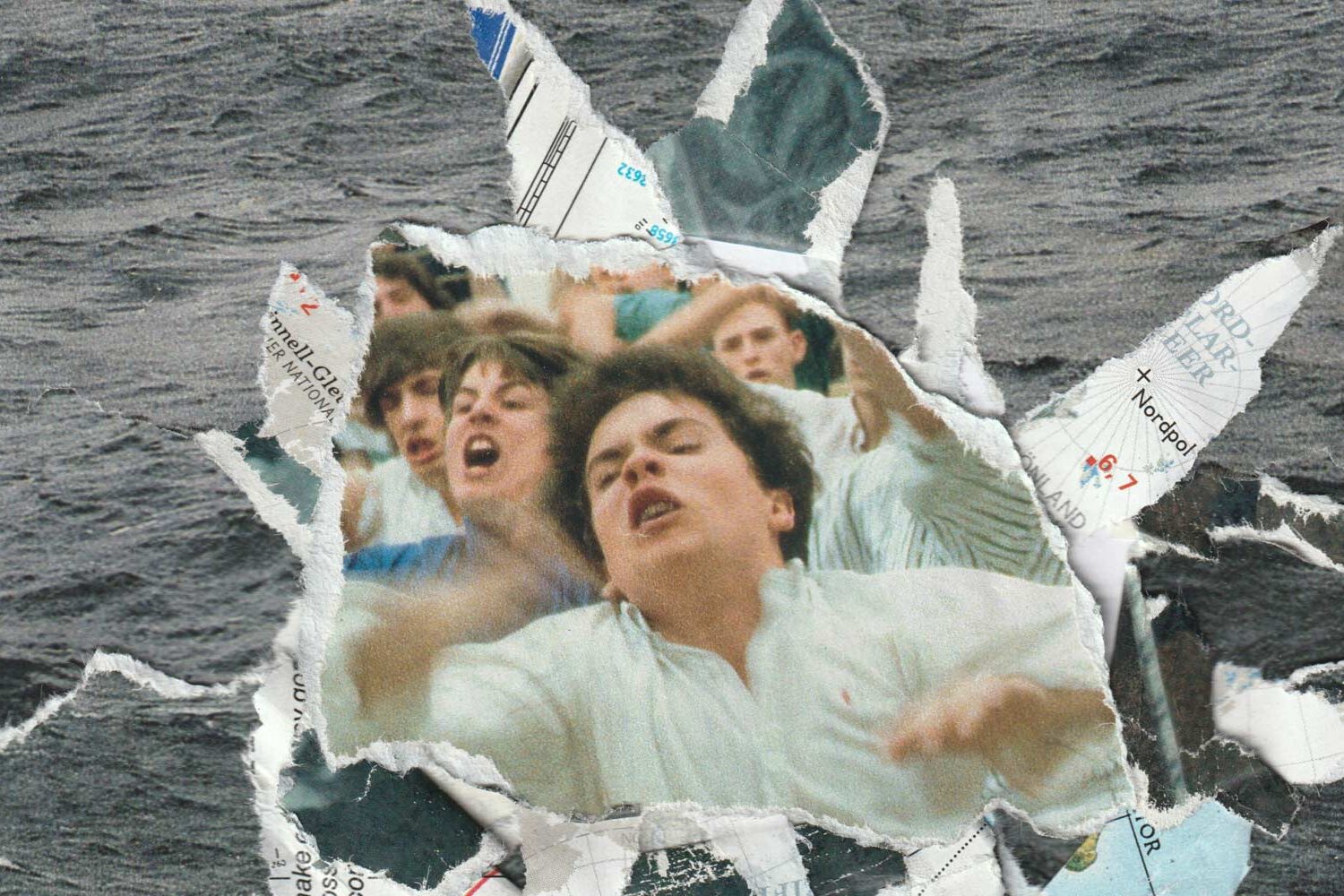
Living participation
But democracy does not thrive on the voices of young people alone—it needs everyone’s commitment. That is why the festival invites visitors to actively participate in workshops and labs:
Exposing fake news, checking facts, searching for the truth—visitors can get hands-on experience in the Investigation Lab at the Ars Electronica Center. Using digital tools and real-life cases, they practice critical thinking and investigative strategies for the digital age.
A giant game of Pong becomes a laboratory for democracy. Four players control their paddles with body movements, and each successful round allows them to rewrite a rule of the game—fairness, equality, freedom, or transparency. Cooperation or rule-breaking? The game can remain stable or collapse. Playing Democracy 2.0 by Ling Tan (GB/SG) allows players to experience how fragile and at the same time malleable democratic systems are.
How can spaces be designed in which young voices really count? The workshop Keep Calm and Create a Critical ChangeLab by Tactical Tech (DE), INTERACT Research Group – University of Oulu (FI), Science & Society Research Group – Trinity College Dublin (IE), Esbrina Research Group – University of Barcelona (ES), Waag Futurelab (NL), Kersnikova Institute (SI), LATRA (GR), European Alternatives (FR), Institute for Social Research at Zagreb (HR) and Ars Electronica (AT) shows educators new methods for making democracy a practical experience. Based on European action research from the Horizon Europe program, participants learn how schools, research, culture, and industry can work together to create creative and collaborative learning environments.
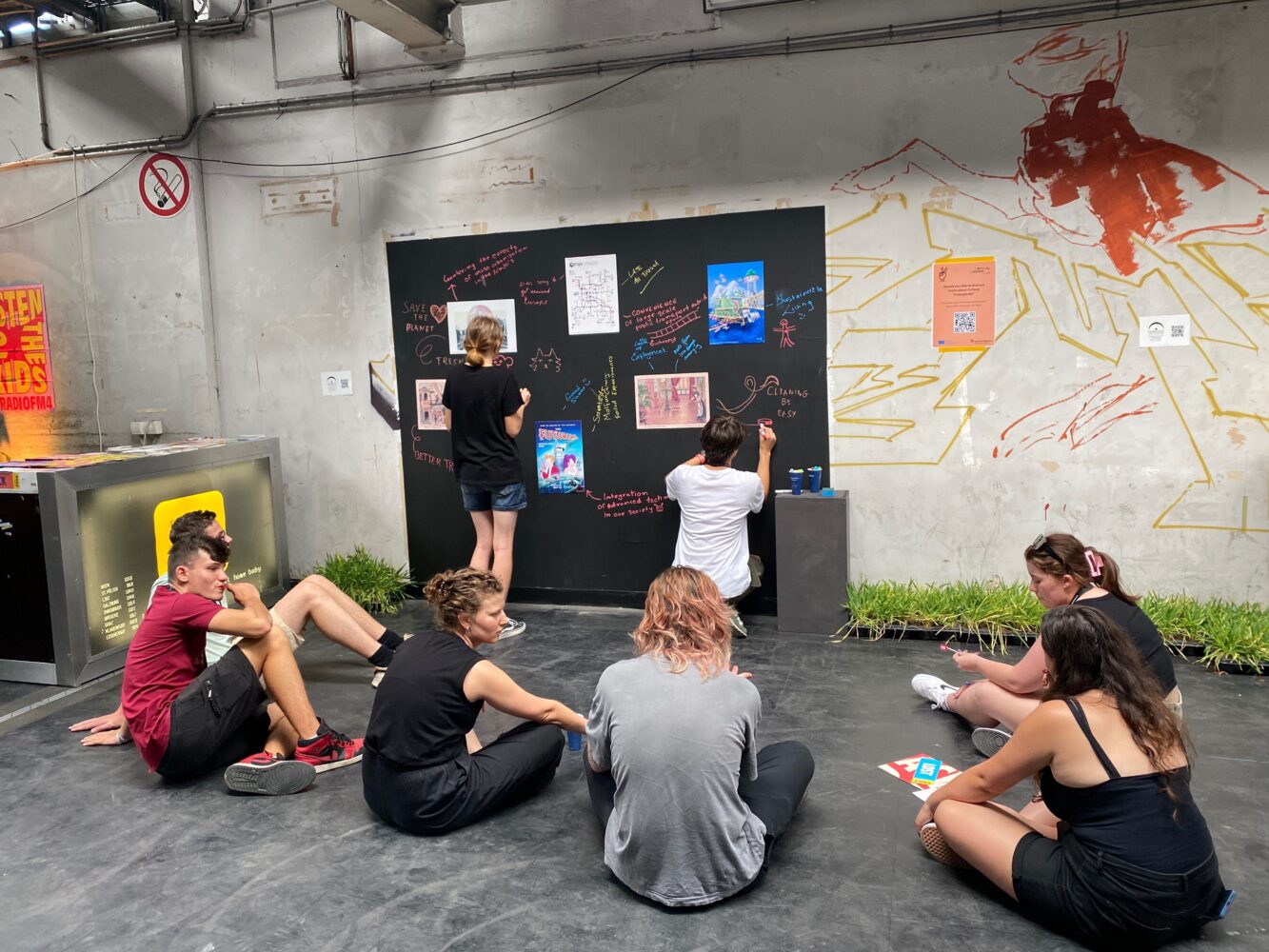
An XR platform for collective imagination: At NeXus Studio in POSTCITY, visitors work together to develop immersive visions of the future. Generative AI opens up new possibilities for shared storytelling and thinking. NeXus Print is a research project by Ars Electronica Futurelab and Dai Nippon Printing that explores how XR can enrich not only communication but also social dialogue.
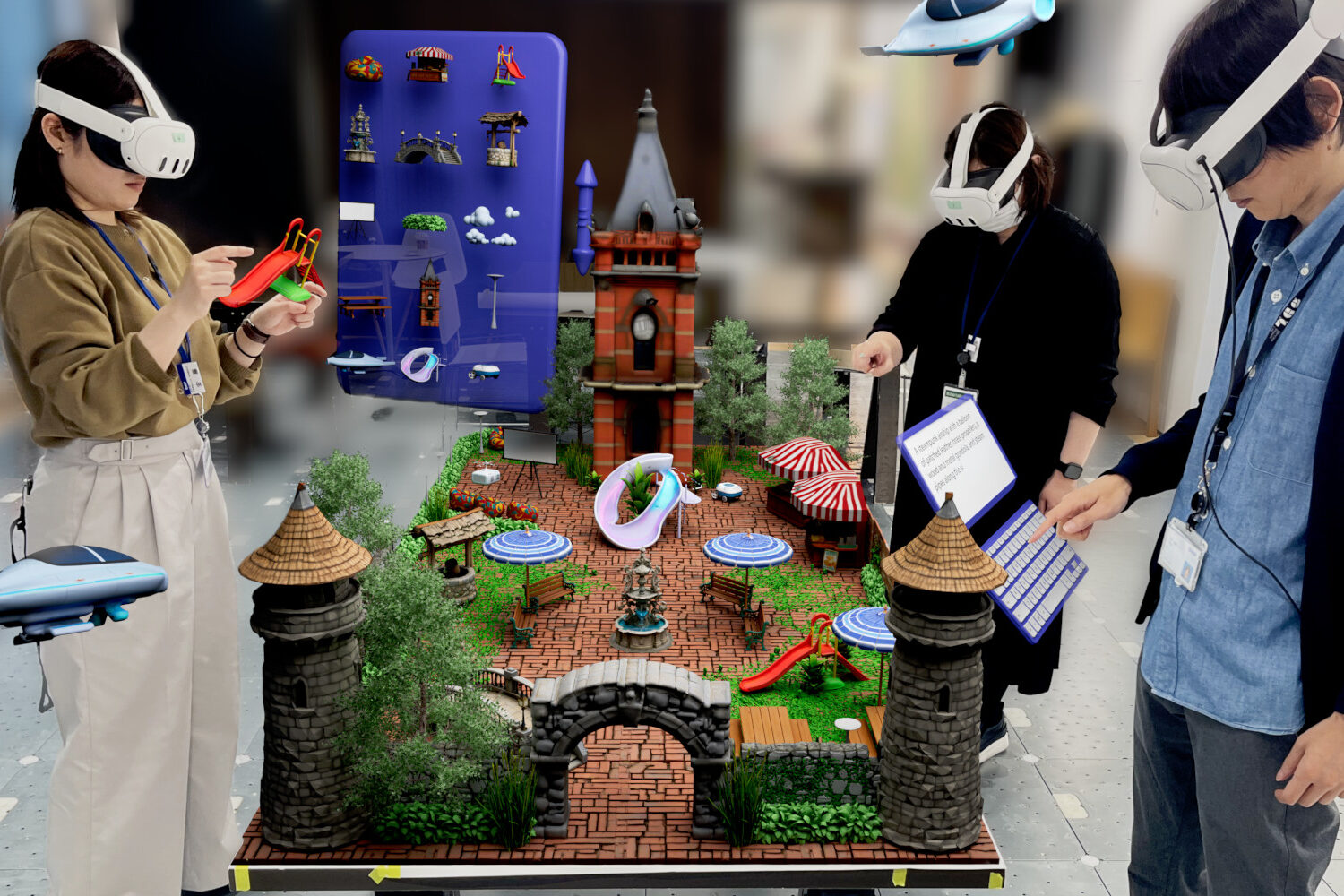
Symposia and talks on democracy issues
In addition to artistic projects and interactive offerings, the festival also provides space for reflection and debate in numerous talks, symposia, and networking events. Eighty years after the end of World War II and in the midst of a new global arms race, this year’s theme symposium focuses on strategies for containing panic in difficult times. Threats of war and climate catastrophes, strategies for digital sovereignty, the role of art and culture in strengthening Europe’s resilience, the development of AI and its impact on societies and creative processes, and the development of medical and quantum technologies: all these important topics will be discussed over five days at POSTCITY.
You can read about the projects dealing with the reconquest of digital sovereignty here. You can experience these and many other projects at the Ars Electronica Festival in Linz from September 3 to 7. Get your tickets now and be there!
